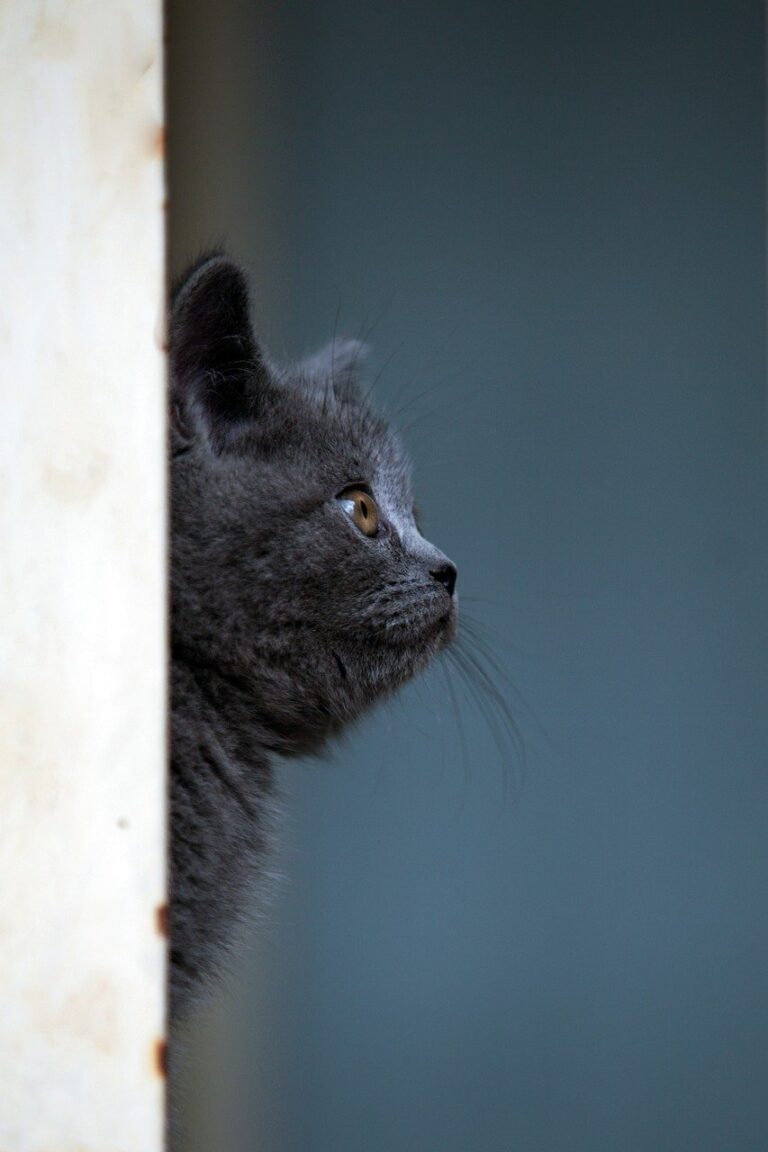Chinese swords, there are 2 significant differences: the dao sword and the jian sword. The Chinese dao swords were created throughout China’s Bronze Age and have numerous unique attributes. They typically have a somewhat curved single-edged blade and were best for thrusting and slicing throughout conflict. The second crucial Chinese sword is the jian sword. Unlike the dao, which is known as the “General of All Weapons,” the jian is known as the “Gentleman of All Weapons” due to the fact that it is a really basic double-edged sword.
A sword is an edged, bladed weapon intended for manual cutting or thrusting. Its blade, longer than a knife or dagger, is attached to a hilt and can be straight or curved. A thrusting sword tends to have a straighter blade with a pointed tip. A slashing sword is most likely to be curved and to have a sharpened cutting edge on one or both sides of the blade. Numerous swords are created for both thrusting and slashing. The accurate meaning of a sword differs by historical date and geographical area.
There are a range of swords that originate from Europe, most especially the two-handed sword. This type consists of the Scottish claymores and longswords. These swords were so huge that they had to be wielded with 2 hands. This is the type of sword you ‘d see in the movie The Lord of the Rings. Another major type of sword is the rapier. The style of the rapier, a long narrow blade with a sharp point, makes it perfect for thrusting. In fact, many rapier blades are not sharp except at the suggestion. Another essential element of the rapier is its intricate hilt design that protects the hands during fight. From the rapier, you also get the smallsword and the epee, which are generally used for fencing and decorative attire.
One side-effect of clay tempering is a Hamon line. Chinese Sword Chinese Sword is a visible line produced by various colorations of the steel marking where the clay was used. Just swords that are clay tempered have a natural Hamon. Swords that aren’t clay tempered might have a Hamon – but it is used by a special liquid and is not part of the steel.
A sword is typically differentially tempered by using clay to the blade (called clay tempering). The blade is heated up, clay is applied to the spinal column, then the blade is cooled. The edge, without any clay covering, cools quickest, becoming very hard, while the spinal column cools slower, remaining relatively soft and flexible.
Stainless Steel kind of steel has chromium, that makes the blade harder, softer, and more corrosion resistant than comparative carbon steels. Knives and swords made from stainless-steel are normally not formed by forging, however by stock elimination (comparable to shaping rock). Because such swords are not made by conventional methods, they are illegal for import, therefore none of our swords are stainless steel. Carbon Steel kind of steel is represented by a special 4-digit code. Due to the fact that we are concerned with swords, we will mainly stick with steels signified by 10XX. The “10” represents plain carbon steel, and the XX for the amount of carbon in the steel, in hundredths of one percent.
The English language terminology used in the classification of swords is inaccurate and has actually differed widely over time. There is no historical dictionary for the universal names, classification or terms of swords; A sword was merely a double edged knife. Historical terms without a universal consensus of definition were utilized to identify weapons of similar appearance however of different historical periods, regional cultures and fabrication technology. These terms were frequently explained in relation to other unassociated weapons, without regard to their intended use and battling style. In contemporary history, many of these terms have actually been provided specific, often approximate significances that are unrelated to any of their historical meanings.
Japanese nihonto swords are another type of Asian sword. A samurai sword, likewise called a katana, falls under this classification. The typical characteristic of nihonto swords is their long, single-edged blade. It is relatively standard-sized compared to the series of the other Japanese swords and has a long handle, so it can be held with 2 hands. Other worthy Japanese swords consist of the odachi, tachi, nodachi, tsurugi and wakizashi.
Subscribe to Updates
Get the latest creative news from FooBar about art, design and business.
